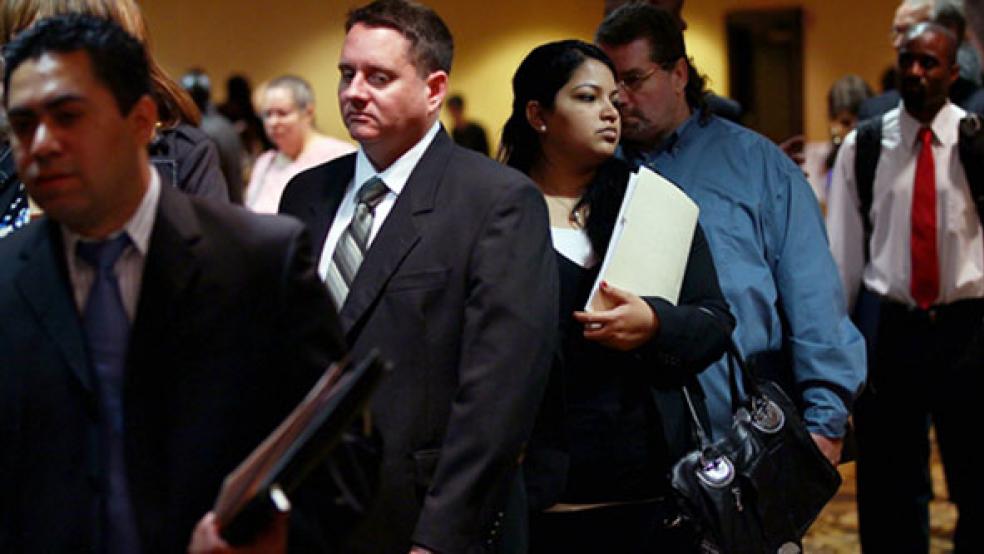Some federal programs such as unemployment benefits and food stamps work as automatic stabilizers in a weakening economy, making recessions less severe by boosting incomes and consumption for millions of unemployed and underemployed workers. But some of the most powerful tools the government has its disposal to fight a recession, including spending levels and tax rates, are subject to political constraints that can lead to less than optimal fiscal policy in the midst of a crisis. As a result, a recession may last longer than it would have with a stronger federal response.
Two think tanks, the Washington Center for Equitable Growth and the Brookings Institution’s Hamilton Project, asked a group of scholars to think about ways the government could turn more if its fiscal tools into automatic stabilizers, in order to “help the next recovery start faster, make job creation stronger, and restore confidence to businesses and households so they resume investing and spending again.”
Their ideas, which were published this week at the Hamilton Project, include reforming some existing programs as well as creating new ones. Some highlights:
* Automatic infrastructure investment: Andrew Haughwout, an economist at the Federal Reserve Bank of New York, proposes to create state-level infrastructure spending plans that are automatically triggered when the economy weakens. Federal infrastructure grants would rise if the unemployment rate rises more than half a percentage point above the recent average, and then contract as the economy improves. With spending plans already in place, politicians could avoid the difficult debate over which “shovel-ready” projects to fund, speeding up the funding process for targeted and approved projects. (For more details, see Haughwout’s paper here.)
* Automatic direct payments: Claudia Sahm, an economist at the Federal Reserve Board, proposes to provide individuals with cash as the unemployment rate rises, with the value of total payments set equal to 0.7% of GDP. “Research shows that stimulus payments that were broadly disbursed on an ad hoc (or discretionary) basis in the 2001 and 2008–9 recessions raised consumer spending and helped counteract weak demand,” Sham said. “Making the payments automatic by tying their disbursement to recent changes in the unemployment rate would ensure that the stimulus reaches the economy as quickly as possible.” (See Sahm’s paper here.)
* A more robust unemployment system: Gabriel Chodorow-Reich of Harvard University and John Coglianese of the Federal Reserve Board propose to boost the stimulus provided by unemployment insurance by making several tweaks to the current system, including full federal financing and automatic extensions triggered by economic conditions. “Together with other policy reforms to automatic stabilizers, these proposed changes to the UI system could help to mitigate future recessions,” they wrote. (See their full paper here.)
For the full range of proposals, see “Recession Ready: Fiscal Policies to Stabilize the American Economy” at the at the Hamilton Project.


